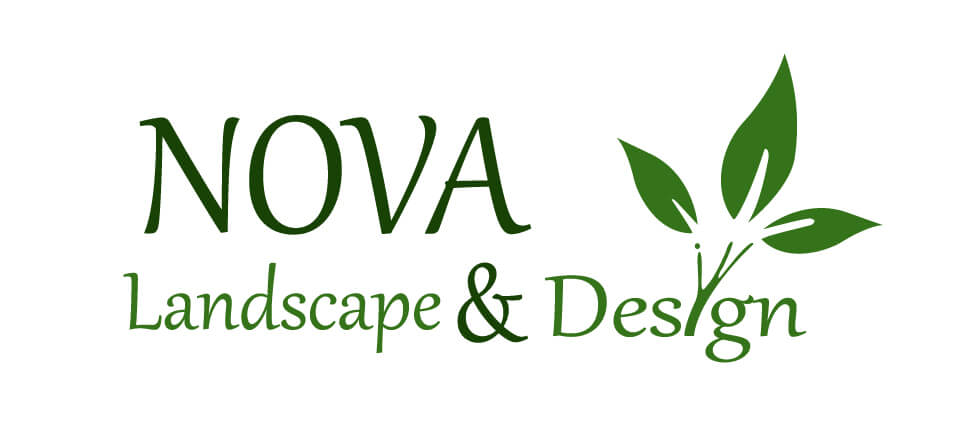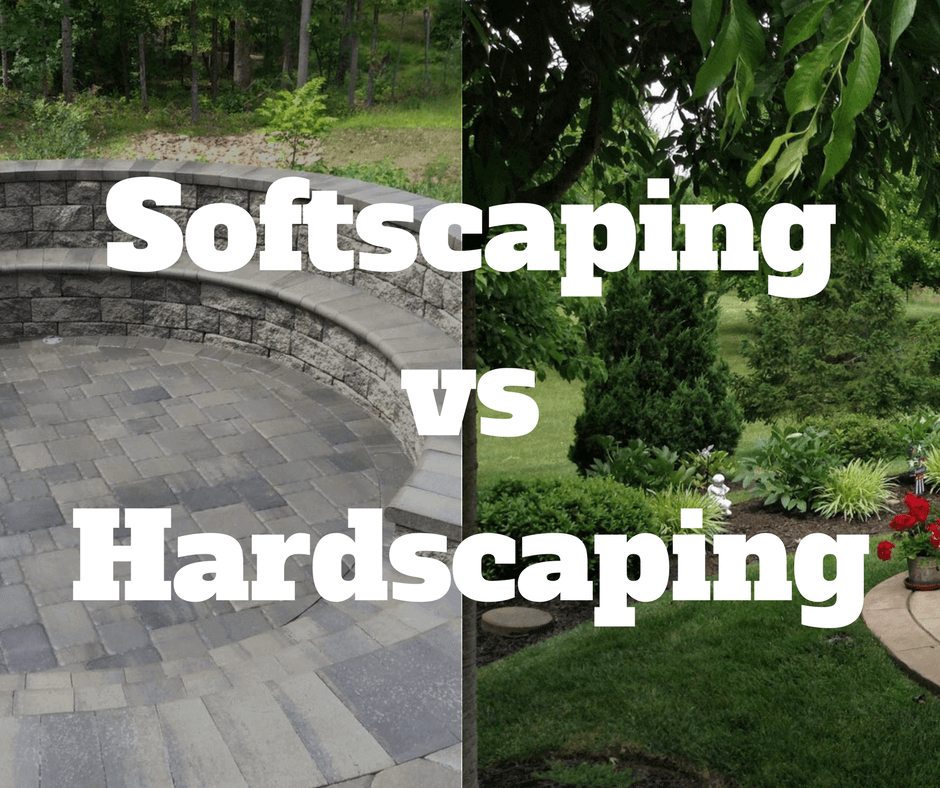Components in Harmony
“What’s the difference between hardscaping and softscaping?” It might be our most frequently asked question. The best way to understand the difference between hardscaping and softscaping is to consider the relationship between them.
Either can exist separate from the other, but the best landscapes combine elements of both. To put it plainly, the terms “hardscape” and “softscape” are used to categorize the two major types of components used in landscape design.
Softscaping 101
Softscaping is probably what you’ve come to understand as landscaping. Softscape elements are fluid and ever-changing, and they’re very often alive. If you want them to last a long time, you’ll have to take care of them, as they’re more sensitive and high-maintenance than hardscaping elements. Softscaping includes the living aspects of your landscape, like plants, shrubs, trees, and flowers, as well as soil, turf, and color schemes. If hardscaping is the canvas for your work-of-art landscape, softscaping is the paint that creates all the color and style.
Hardscaping 101
Hardscaping has always been around, but after decades spent playing supporting roles in driveways and sidewalks, it’s finally hit the big time thanks to a recent boom in outdoor living spaces. According to a 2015 outdoor living trends survey by Industry Edge, 74% of Baby Boomers rank outdoor living as important or very important, and Millennials go even further with 85% saying the same, and 62% expressing a desire to spend more time outdoors. But we digress. When it comes to defining hardscaping, hardscape elements are those elements of your landscape that are solid and relatively fixed. They include rocks, pavers, decking, walkways, retaining walls, built-in furniture, and structures — the foundation for your fun and the framing for whatever plants and accessories you’ll be adding to your landscaping.
Budgeting for Hardscaping & Softscaping
Both hardscaping and softscaping are necessary for a functional, aesthetically pleasing modern landscape. Another way to think of these components is that hardscaping makes the foundation of your landscape, while softscaping provides the flora. Hardscaping can be used to add features and functions like seating, water, an outdoor kitchen, or enhanced privacy. Softscaping will be designed to complement your hardscape and give it a beautiful, finished look. Installing both at the same time can be expensive, and it’s okay to let your outdoor space evolve over the life of your home. In the first years after you buy your house, if your budget is limited, you may want to focus on softscaping. Once you’re ready for a more significant investment, that’s the time to undertake a hardscaping project. If your budget is getting in the way of your dream landscape, you can always explore affordable, flexible landscape financing options.
Choosing a Landscape Contractor
You’ll want to consider your need for hardscape and softscape elements in your search for the right landscape contractor. Some companies specialize in one area or the other. As a homeowner, you should check the credentials of each contractor you’re considering to make sure they’re experienced and qualified to install the elements you have in mind. At NOVA Landscape & Design, we combine our experience as the second generation in the nursery business with hardscape installer certifications from the leading organizations in our industry. We deploy hand-picked teams of specialized professionals on every job based on the unique demands of the landscape they’ll be working on. And our designers work closely with those teams to ensure that hardscape and softscape components work together seamlessly.
If you’re in Northern Virginia and looking for a contractor to turn your vision into a reality, check out the hardscapes and softscapes in the NOVA gallery. When you’re ready, request an estimate to get started on the outdoor space of your dreams.


Post a comment